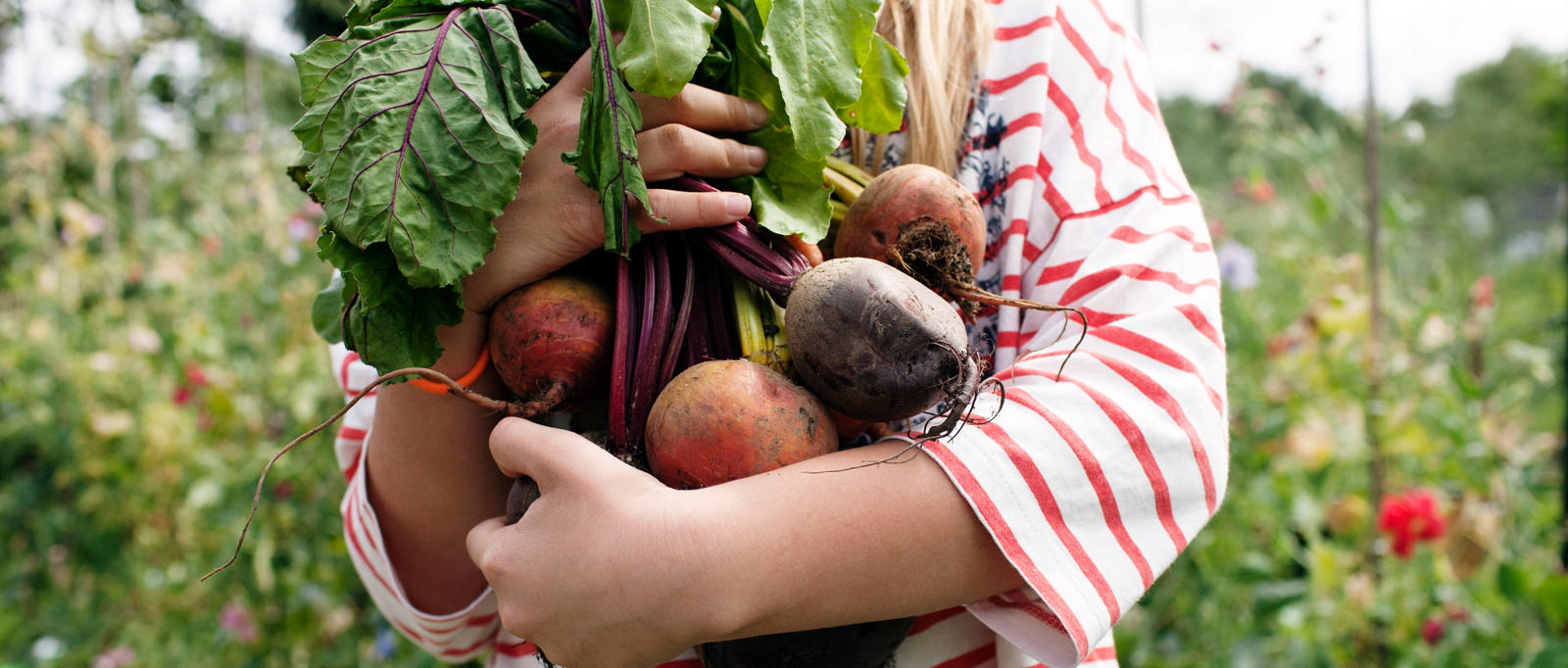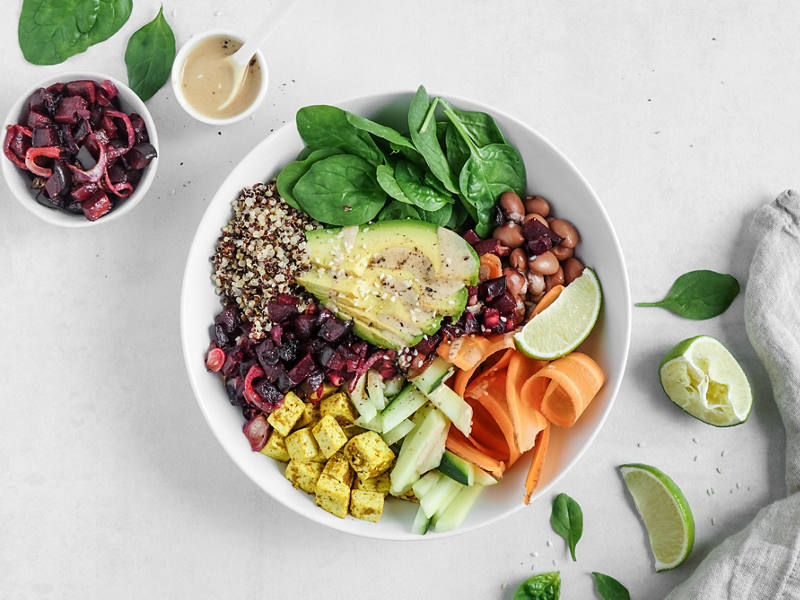Storing the super power
Freezing
The autumn / winter vegetable can be excellently frozen for several months. First cook the intact, unpeeled beetroot in boiling water for 30 to 50 minutes. After cooling, the skin is easy to peel off. Then cut the beetroot into rough slices or small cubes to be placed in a freezer bag and stored directly in the freezer compartment.
Pickling
Homemade power straight from the jar? Beetroot is also ideal to pickle in vinegar, making a super simple option that is not only tasty but also adds variety. Pickled beetroot goes perfectly with raclette and makes a great addition to sandwiches or salads. What’s more, it tastes even better than store-bought varieties.
Fermenting
The process of fermentation has been known for centuries and is currently a real food trend. Besides the famous sauerkraut, beetroot too is perfectly suited to preservation by means of fermentation.




